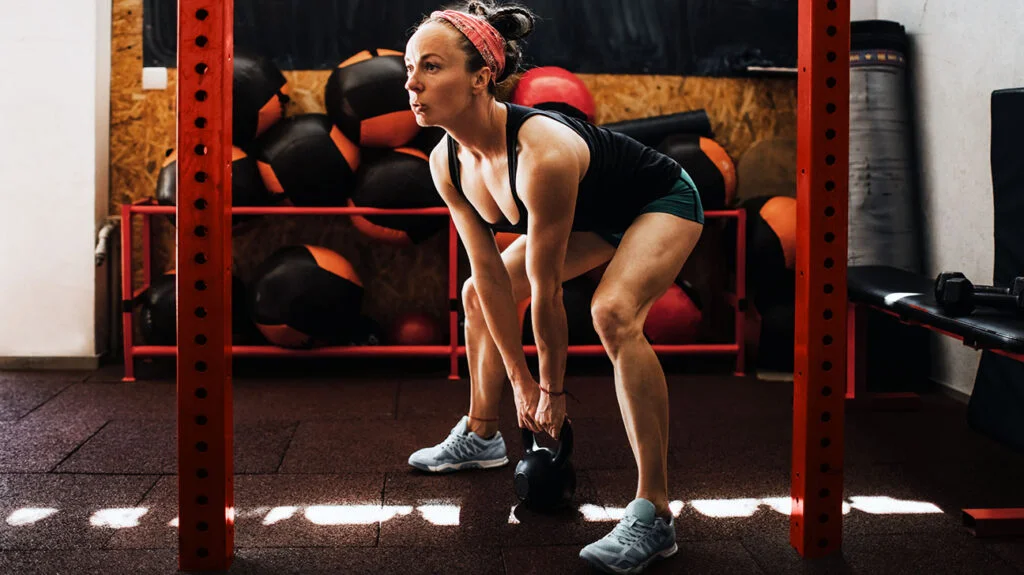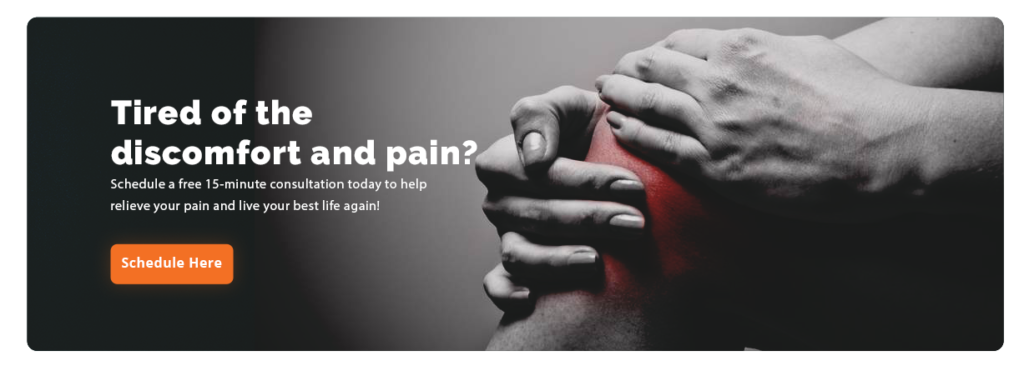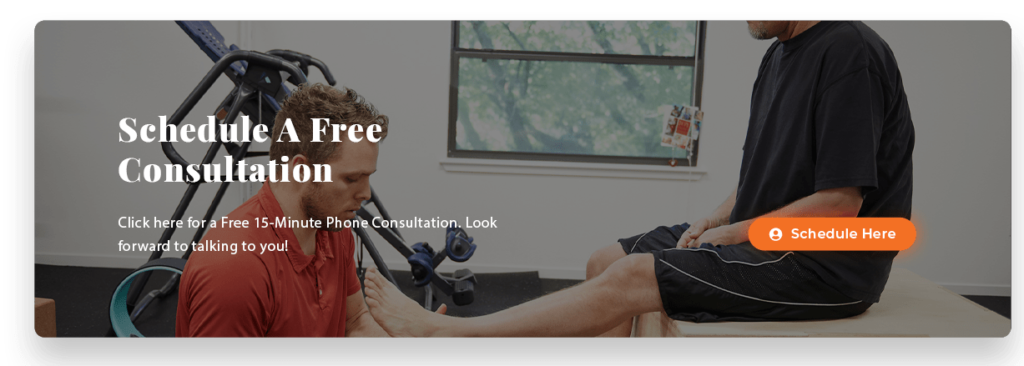Exercises to Prevent ACL Injury in Women
“No athlete is truly tested until they’ve stared an injury in the face and came out on the other side stronger than ever” – Anonymous
ACL tears in women tend to differ from those in men. And physiology is to blame.
According to research, an ACL tear is one acute injury that female athletes are two to eight times more likely to experience than males.
As the John Hopkins Medicine’s website notes,
“Women’s joints — including the knee — generally have more looseness and range of motion than men’s. Women also often have less muscle mass around the knee, contributing to more instability, which can lead to a ligament tear if the ligament gets overstretched. Technique differences also play a role.”
Anterior Cruciate Ligament (ACL) injuries are common among athletes, particularly in women. The unique anatomical and biomechanical factors in women can predispose them to ACL injuries.
Fortunately, prevention is the best safeguard against ACL injuries.
ACL Exercises for Injury Prevention in Women
Engaging in targeted exercises can help prevent these injuries and maintain overall athletic performance. This article discusses key exercises designed to reduce the risk of ACL injuries in women.
Understanding ACL Injuries in Women:
- Women are at a higher risk of ACL injuries due to differences in anatomy, hormonal factors, and neuromuscular control.
- ACL injuries can lead to long-term consequences, including pain, surgery, and potential joint issues.
The Importance of Exercise in ACL Injury Prevention:
- Engaging in regular exercise improves muscle strength, joint stability, and coordination, reducing the risk of ACL injuries.
- A well-rounded exercise routine targets muscles surrounding the knee joint and enhances proprioception.
Effective Exercises to Prevent ACL Injuries:
- Squats:
- Targets quadriceps, hamstrings, and glutes for improved lower body strength.
- Focus on proper form to avoid undue stress on the knees.
- Gradually increase weights to challenge muscles without compromising technique.
- Lunges:
- Strengthens quadriceps, hamstrings, and glutes while enhancing balance and stability.
- Perform forward, reverse, and lateral lunges to engage different muscle groups.
- Use bodyweight or dumbbells for added resistance.
- Step-Ups:
- Boosts quadriceps and glute strength while improving stability.
- Use a stable platform and gradually increase step height.
- Maintain control throughout the movement and avoid rapid stepping.
- Single-Leg Balance Exercises:
- Enhances proprioception and strengthens stabilizing muscles.
- Stand on one leg, progressing from static to dynamic movements.
- Incorporate variations like reaching, hopping, or balancing on unstable surfaces.
- Plyometric Exercises:
- Develops explosive strength and improves neuromuscular control.
- Include exercises like box jumps, lateral jumps, and depth jumps.
- Start with low intensity plyometrics and gradually advance as strength improves.
- Core Strengthening:
- A strong core supports proper alignment and reduces strain on the knees.
- Include exercises like planks, Russian twists, and leg raises.
- Focus on engaging the transverse abdominis and obliques.
- Hamstring Strengthening:
- Balanced hamstring strength helps stabilize the knee joint.
- Perform exercises like hamstring curls using resistance bands or machines.
- Avoid overemphasis on quadriceps to prevent muscle imbalances.
- Hip Abduction Exercises:
- Targets hip muscles to stabilize knee alignment during movements.
- Use resistance bands for exercises like clamshells and lateral leg raises.
- Progressively increase resistance for continued challenge.
- Agility Drills:
- Enhances quick direction changes and dynamic movements.
- Incorporate ladder drills, cone drills, and zigzags to simulate sports-specific actions.
- Focus on proper technique to reduce injury risk.
Guidelines for Safe Exercise:
- Warm-Up:
- Prioritize a thorough warm-up to increase blood flow and prepare muscles for activity.
- Include dynamic stretches and light cardiovascular exercises.
- Proper Technique:
- Maintain correct form during exercises to prevent undue stress on the knees.
- Start with lighter weights or bodyweight until you are comfortable with the technique.
- Progressive Overload:
- Gradually increase the intensity of exercises by adding weights, repetitions, or difficulty.
- Avoid abrupt increases that could lead to injury.
- Rest and Recovery:
- Allow ample time for rest between workouts to prevent overuse injuries.
- Incorporate flexibility and mobility exercises to improve joint health
Strength and Fitness Matter in Preventing Injury
Preventing ACL injuries in women requires a combination of targeted exercises, proper technique, and understanding individual limits. By consistently engaging in a well-rounded exercise routine that emphasizes lower body strength, stability, and coordination, women can significantly reduce their risk of ACL injuries.
Remember that consulting with a fitness professional or a healthcare provider before starting any new exercise regimen is essential to ensure exercises are appropriate for your individual health status and goals.
Empower yourself with knowledge and proactive habits to protect your knee health and overall athletic performance.
Pain & Performance Solutions for Your Best Self
If you’re concerned about the likelihood of a major ACL injury and are perhaps experiencing the pain of a Grade 1 ACL sprain, you can start the journey toward genuine relief from your pain.
The first step in this process is reaching out to Pain and Performance Solutions.
For example, we know that Active Release Technique® (ART®) has proven effective in addressing a wide variety of soft tissue and joint pain. ART® is a patented, non-invasive treatment method specifically designed to target various soft tissues and ART® can effectively alleviate muscle spasms and weakness that often accompanies ACL injuries.
This treatment is safe, free from drugs, and highly efficient.
We encourage you to schedule an appointment today. During your initial consultation and assessment, we will collaborate with you to gain a comprehensive understanding of your current pain concerns, your history of knee and leg pain, any discomfort you’ve experienced, and your current physical activity level.
Once we ascertain the origins and nature of your condition, we can commence the treatment and alleviation of your sciatica pain.
A thorough examination will enable us to determine the most suitable treatment that will set you on the path to recovery. Your trust in us and your honesty are vital components of this process. Ultimately, restoring the health and proper functioning of your body is the only way to achieve complete recovery.
Reach out to us today at (707) 636-4404 or utilize our online booking form to arrange a consultation and visit our office.



